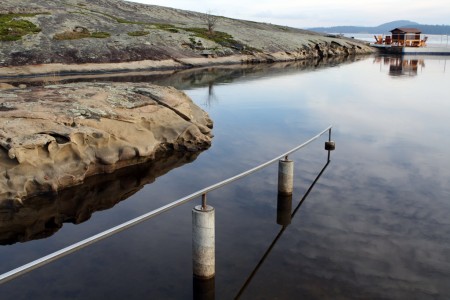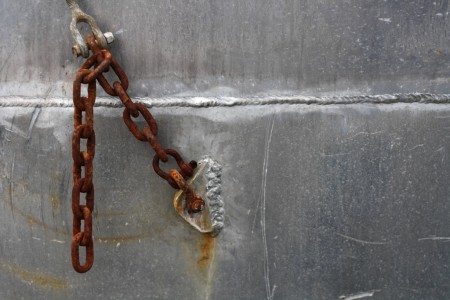RealClimate has put out a comprehensive assessment of the various errors that have come to light in the IPCC AR4 – IPCC errors: facts and spin. It includes the Himalayan glaciers claim, sea level in the Netherlands, African crop yields, disaster losses, Amazon dieback, and the ‘gray literature’ controversy.
They highlight the distortions the media has perpetuated in reporting these stories, as well as provide an assessment of whether climate science remains sound, in spite of these errors and controversies:
In some media reports the impression has been given that even the fundamental results of climate change science are now in question, such as whether humans are in fact changing the climate, causing glacier melt, sea level rise and so on. The IPCC does not carry out primary research, and hence any mistakes in the IPCC reports do not imply that any climate research itself is wrong. A reference to a poor report or an editorial lapse by IPCC authors obviously does not undermine climate science. Doubting basic results of climate science based on the recent claims against the IPCC is particularly ironic since none of the real or supposed errors being discussed are even in the Working Group 1 report, where the climate science basis is laid out.
To be fair to our colleagues from WG2 and WG3, climate scientists do have a much simpler task. The system we study is ruled by the well-known laws of physics, there is plenty of hard data and peer-reviewed studies, and the science is relatively mature. The greenhouse effect was discovered in 1824 by Fourier, the heat trapping properties of CO2 and other gases were first measured by Tyndall in 1859, the climate sensitivity to CO2 was first computed in 1896 by Arrhenius, and by the 1950s the scientific foundations were pretty much understood…
All of these various “gates” – Climategate, Amazongate, Seagate, Africagate, etc., do not represent scandals of the IPCC or of climate science. Rather, they are the embarrassing battle-cries of a media scandal, in which a few journalists have misled the public with grossly overblown or entirely fabricated pseudogates, and many others have naively and willingly followed along without seeing through the scam.
Unfortunately, it remains clear that a large amount of damage has been done by these media misrepresentations (both active and passive). They have helped to sap the energy that existed, pushing for meaningful climate policies. And they have given those trying to actively delay mitigation efforts much more fodder to confuse the public and encourage inaction.





